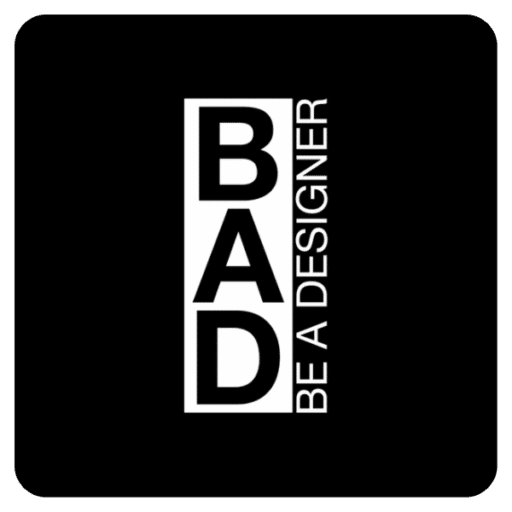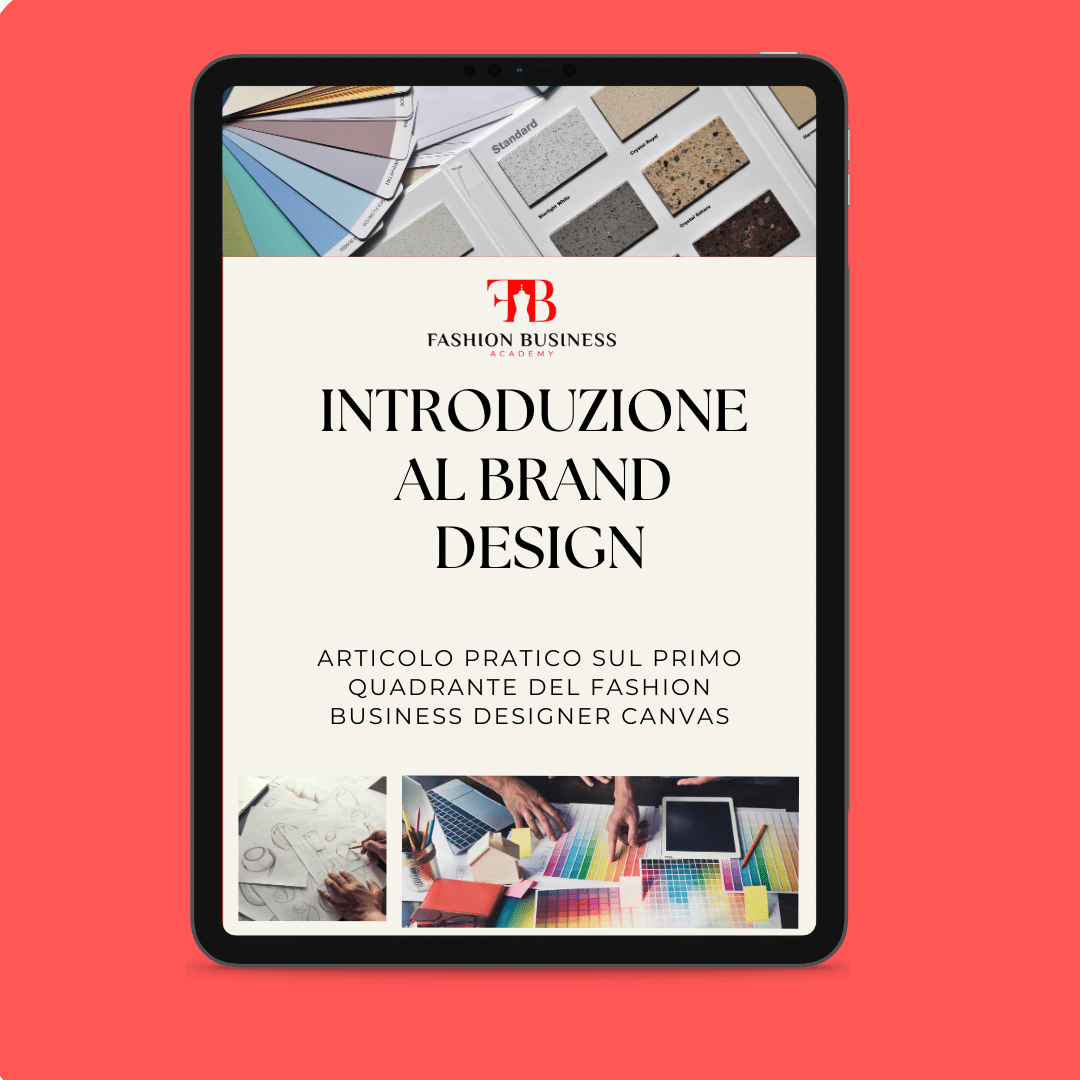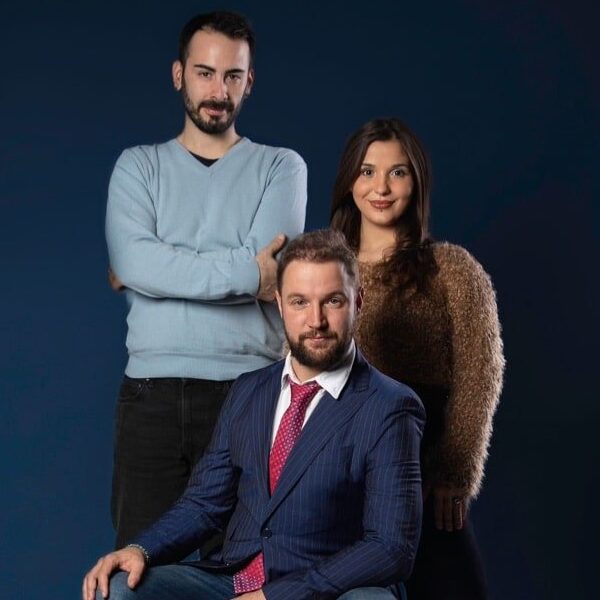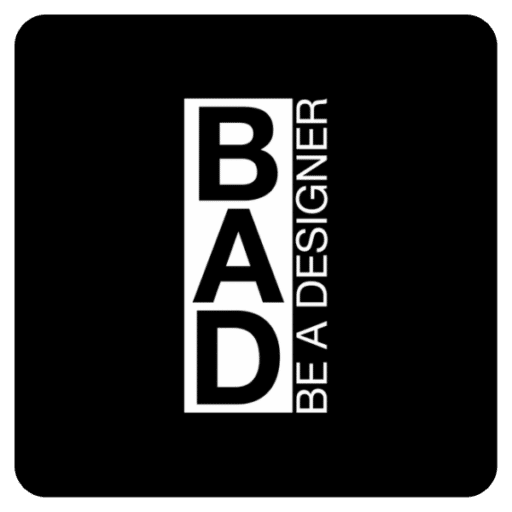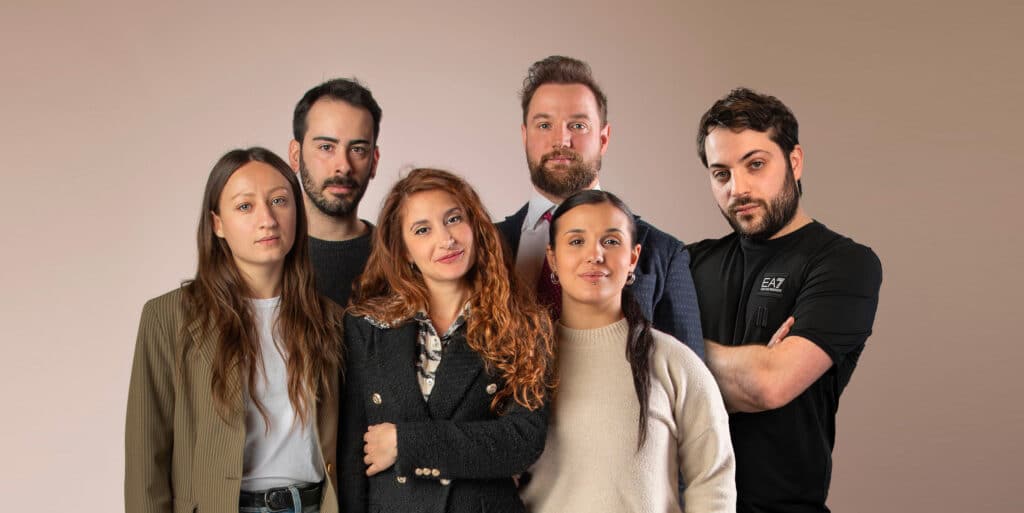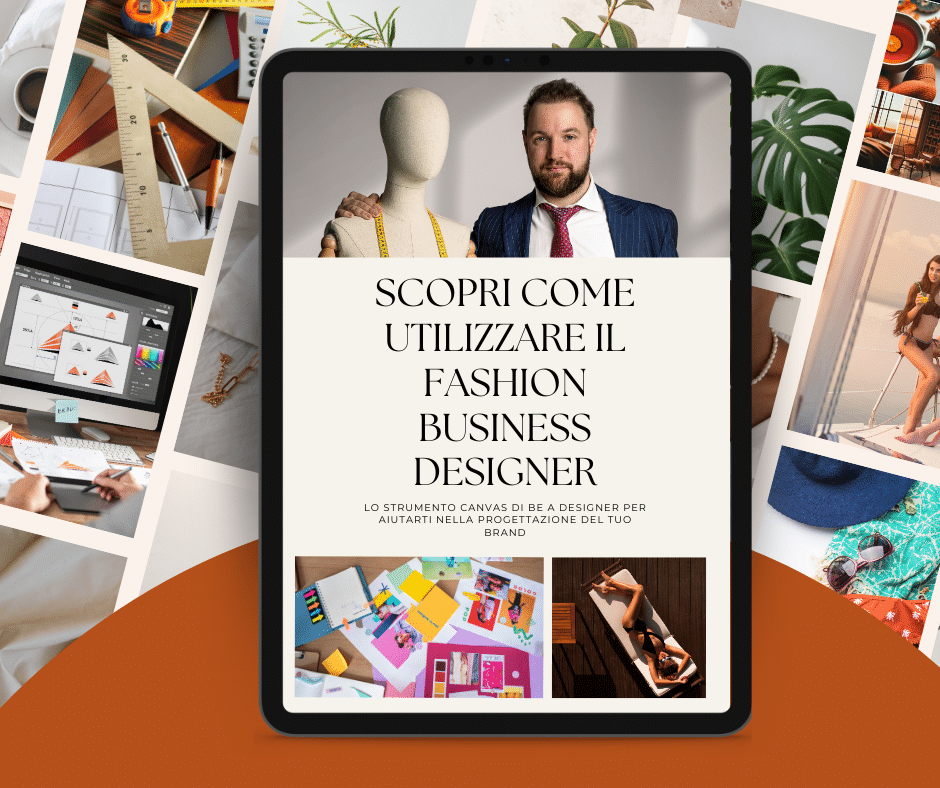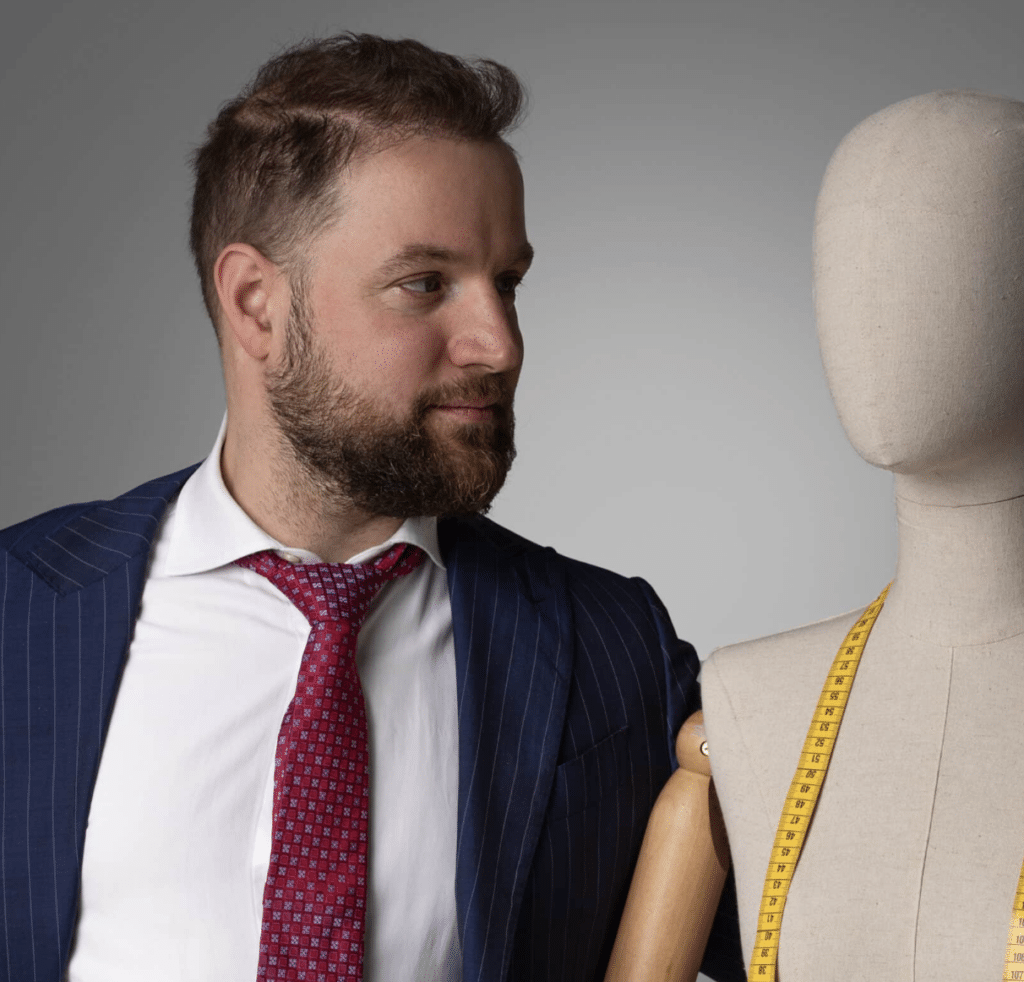Table of Contents
INTRODUCTION TO BRAND DESIGN
Welcome to this new article from the Fashion Business Academythe benchmark for those who dream of building a solid and recognisable fashion brand.
They are Corrado Manenti and for years I have been helping designers and entrepreneurs turn their passion for fashion into successful brands. Ooday I will guide you through the first quadrant of the Fashion Business Designerthe tool I designed to help you develop a strong and distinctive brand identity.
In the previous article we analysed the general structure of the Canvasthe strategic method that helps you plan every aspect of your fashion business. In this guide, however, we will focus on Brand Design, the first and fundamental building block for building a successful brand.
Before You Begin: Download Essential Resources
To best follow my approach, I recommend that you print out the Canvas, which you can find in your reserved area in the Fashion Business Academy. In addition, you have access to a free video course with downloadable materials that will guide you step by step in the creation of your brand.
This course is designed to be accompanied by my manual 'You also want to be a designer', which includes practical exercises to fill out the Canvas correctly. If you don't have it yet, you can find it HERE.
Now we are ready to get into the swing of things and discover how to create an authentic and successful fashion brand!
The importance of the brand idea turning into a collection
Creating a fashion brand is not just a matter of creativity, but of strategy and entrepreneurial vision. Brand Design is the backbone of the entire creative processso much so that the first hundred pages of my book are dedicated to this very subject. If you want to build a solid and recognisable brand, you have to start from the basics: define your brand architecture.
As the saying goes: Well begun is half done. And in the fashion business, getting off to a good start means refine your idea, understand your target market and position yourself strategically.
Before you think about products, you have to ask yourself:
Who are my ideal customers?
What is my distinctive value compared to competitors?
How can I make my brand recognisable and desirable?
The most common mistake: creating products without solid brand design
Many designers make the mistake of immediately focusing on product creation, neglecting the Brand Design. But without a clear identity and an effective marketing strategy, even the best product risks not finding a place in the market.
To build a successful brand, it is essential:
Defining a clear and consistent identity
Study the market and identify a precise niche
Developing an effective positioning strategy
Now we will see how to structure the first quadrant of Brand Designthe tool that will help you turn your idea into a strong and competitive brand.
From concept to value proposition
The objective of Brand Design is transforming an initial idea into a unique value proposition. This means identifying the "magic ingredient"of your brand, i.e. what makes it special and different from others.
At this stage, you must:
Select a clear and distinctive idea to invest in
Test it on a target market, even if only on a hypothetical level
Check if a Product-Market Fit exists (i.e. a match between your product and the needs of the market).

Your idea must not remain just an abstract concept in your head: it must be validated with concrete data, market research and a strategic plan.
The Role of the Market in Brand Design
Having an idea or a dream is the first step to starting a brand, which is probably why you are here: you have read one of my articles, you have done research or maybe you have bought my book. If you are following me, it is because you believe in your idea and want to turn it into a concrete business.
However, for your brand to be successful, the idea must be clear, specific and well-structured. You cannot do everything for everyone! It is essential to focus on a precise market segment, identify potential customers and define the unique value your product offers.
One of the fundamental aspects in creating a fashion brand is to check whether there is a Product-Market Fiti.e. a real match between your product and the target market. In simple terms? If your product sells, it means the market wants it.
Key aspects to be analysed in the market:
Product segment: What is the product category in which you want to position yourself?
Competitor: What is the product category in which you want to position yourself?
Sales channels: Where and how will you sell your products? (E-commerce, boutique, marketplace, etc.)
Pricing strategy: Should the price of your products be in line with the market or strategically differentiated?
If you operate in a specific sector, you will find many other brands offering products similar to yours. The key lies in differentiate yourselfnot simply following trends. Remember that the process that brings an idea to market can take from six months to one yearbecause building a fashion brand means creating a solid and sustainable structure.
Success does not come by chance: you need a clear strategy, a thorough understanding of the market and the ability to position yourself distinctively.
The market may have different sensitivities and positions on specific issues, for example sustainability, the use of recycled plastic or other ethical and environmental issues. Consumers may be more or less aligned with these ideas, and their orientation will influence their purchasing choices.
If we can create products that are meaningful and in tune with the values of our audiencewe will increase the chances of turning our brand into one of their favourites, thus building an authentic and lasting connection. This, in turn, will translate into more sales opportunities and customer loyalty.
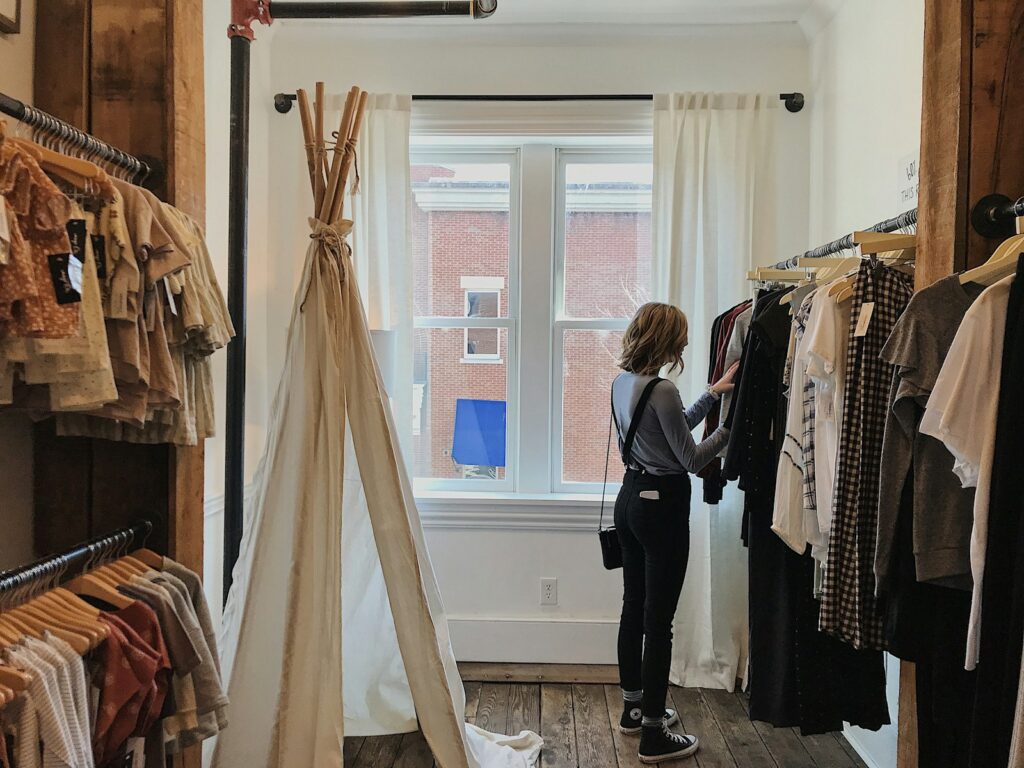
Making fashion is not a pastime, is a business. And like any business, it needs a well-defined strategy. Without a solid brand architecture, even the most creative product risks having no impact on the market.
The price, in fact, is not an absolute valuebut the result of a brand positioning strategy. You may choose to position yourself at a higher price than your competitors, but you will have to justify it with a strong brand identity and effective communication.
If you do not know the market, you will not be able to understand its dynamics and the logic that governs it. And, as in any sector, also if your goal is to break the rules and create something unique, you must first have a thorough understanding of the system in which you operate.
Only by acquiring this awareness will you be able to innovate in a strategic and targeted manner. Otherwise, your approach risks being just a gamble without a solid foundation on which to build the success of your brand.
Know your customers to create an authentic connection
"A brand is no longer what the company communicates to the customer, but what customers communicate to each other." - Scott Cook
Before even choosing materials for your prototypes, you must ask yourself a fundamental question (often underestimated or taken for granted):
"Who will be your future customers?"
This is closely linked to the concept of uniquenessWhy should a person buy your creation? What is the motivation that makes them prefer you over so many other offers on the market?
In an industry full of alternatives, your goal is making customers fall in love with your products and ensure that they remain attached to your brand over time. To achieve this, you will have to focus on marketing and effective dialogue with your audience.
It is not enough to talk about technical characteristics: you need to build around your garments a symbolic containerbrand, to communicate a dream and an experience.
Exclude to include
If you want to cultivate a 'premium' or 'luxury' brand, always repeat that your brand is not for everyone. Paradoxically, saying 'it's not for...' is more effective than 'this is designed just for you!': you create an aura of charm and desirability that attracts those who like to stand out.
In every market there are different types of customers, but your brand cannot address them all indiscriminately. Your products and your idea must be in tune with the right audiencethe one most akin to your vision.
In building brand design, the key is to focus on the Early Adopterspeople who are always looking for something new, willing to 'bet' on an emerging brand.

For this reason, it is essential profiling progressively your brand's customers, understand what they are passionate about, what attracts them and what values are important to them. It is not just about following market trends, but about connecting deeply with your ideal audience, offering them products and an experience that reflects their needs and lifestyle.
The more you know your audience, the more you will be able to realise proposals in line with their expectations. From demographic analysis (age, geographical origin, income) to psychographic analysis (lifestyle, interests, desires), your goal is to outline personas real and specific.
CouncilUse surveys, interviews and online research to gather concrete data on your target audience.
Brand Identity Design: your magic ingredient
The fourth component of your brand creation represents your essence, your reason for existing. Your magic ingredient is what sets you apart, what your customers recognise and choose you for. It is the heart of your positioningyour unmistakable style, your iconic and timeless garments.
When we talk about positioning, we are not only referring to the market, but above all to the perception in people's minds. Every brand has intangible attributeselements that your most loyal customers recognise, appreciate and identify with.
The power of positioning in people's minds: intangible attributes
Take for example Under ArmourInitially a sports brand, it has acquired an even stronger identity through public perception and has become synonymous with extreme performance and resistance. It was often associated with images of retired marines on military bases or extreme athletes who wore his technical garments.
This exhibition helped consolidate the idea that Under Armour was not just a sports brand, but a high-performance brand, even chosen by professional operators in extreme contexts, thus reinforcing its reputation for reliability and durability.

All of Under Armour's current communication is based on partnerships and collaborations with professional athletes and sportsmen and women to get the message across that 'it's uncompromising clothing chosen by people who do it for a living'.
The value of an object today depends much less on its 'physical' characteristics and much more on its 'psychological' aspectIn other words, it matters how we perceive it and what values (even unconscious) we attribute to it.
Each brand conveys a set of these meanings, expectations and attributes, which act as an inner drive and make us realise whether the product is 'right for us' or not.
Likewise, your brand will acquire its own identity in the eyes of the public based on what it represents. If you create clothes for special occasions, streetwear or uniquely designed garments, it is your customers who will give value to your products, spreading your image and contributing to your reputation.
Focus: being memorable through specificity
The more specific you are in your proposal - both in terms of style and product category - the easier it will be for the audience recognise and remember your brand.
Think of the streetwearIf you remain consistent in your style code, colours, graphics and messages you use, it will be easier to build a strong and distinctive identity. Conversely, if you vary too much without a clear direction, your brand will risk not being perceived with a clear identity.
The key to standing out and building a brand design is focus on what you do best. Whether it's an outerwear, a sweatshirt or a total look, focus on what represents you most and what you can achieve with excellence.
Always remember the principle of less is more: starting from scratch, it is better to specialise than to waste energy on too many fronts.
The Brand is much more than a logo
Whether you already have a logo or not, it will inevitably have to be integrated into your ivisual, stylistic and philosophical dentity. A brand is not just a logo. A logo is a graphic element, a distinctive sign, but it is not enough on its own. To become a recognisable symbolmust embody the essence of the brand, that same essence that represents the your vision, your values and your uniqueness as a creator and designer.

Your brand is the whole of your stylistic, visual and philosophical identity. It is your authentic story, the one that no one can ever copy. It is the common thread that guides your every creative choice and makes your brand unique in the market.
Finding your magic ingredient means understanding what makes your brand special and making it the cornerstone of your strategy and uniqueness.
Brand Design is the key to success
Once the Brand Design dialyou will have built a solid base on which all your future decisions will rest, from style choices to market strategy. This process will allow you to create a clear and coherent identity, a fundamental element to distinguish yourself in the fashion industry.
In the next phase, we will enter the Collection Designwhere we will analyse practical tools such as the moodboard and techniques to develop a collection in line with your brand vision.
Did you like this article? Leave me a comment and share it on your social networks with those who might find it useful!
If you want to turn your passion for fashion into a successful brand, scover the Fashion Business Academythe first on-demand online academy with exclusive courses dedicated to creating a brand from scratch.
Join our community of visionary students and start your entrepreneurial journey in the fashion business!
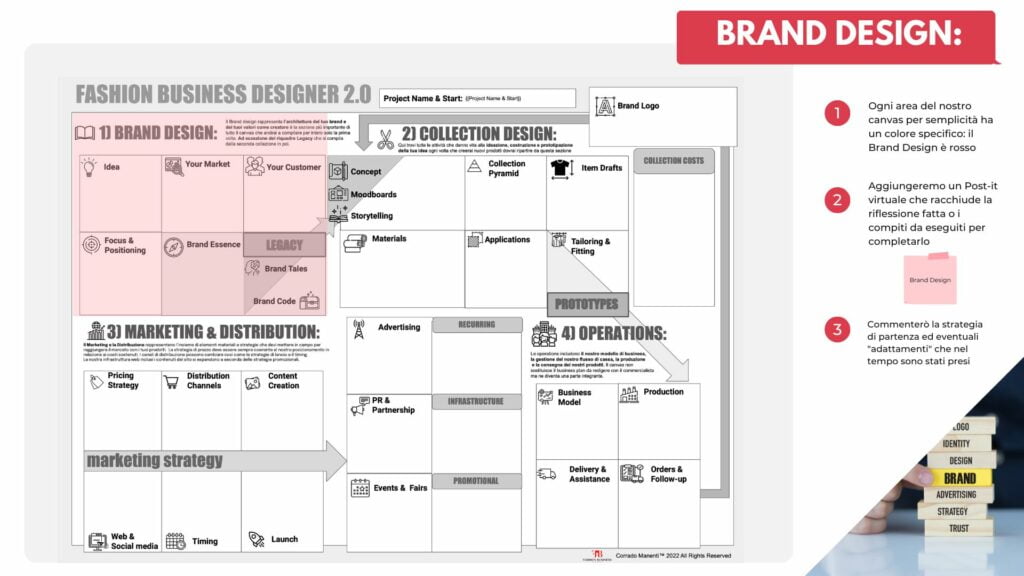
YOUR CUSTOMERS:
The third part is precisely your customers in a specific market, there can be many types of customers, obviously your idea and its products will have to suit these customers, which is why you will have to slowly try to profile your brand's customers and then go and see what they are passionate about, what they like, and what themes they like, not so much your market.
YOUR MARKET:
The market can be environmentalist it can be against recycled plastic it can be against many types of things it can be more or less outspoken its customers may or may not be in line with this If we can create meaningful objects for our customers we will have more opportunities to become one of their favourite tracks and thus sell our products.
YOUR MAGIC INGREDIENT (THE SECRET RECIPE):
The fourth part is kind of your reason for existing. Your magic ingredient is what your customers know you do best - your focus and positioning your iconic and timeless garments!
Here we are talking about positioning, which is not exclusively market positioning, but positioning in people's minds:
Perceived value is the product of our marketing and must remain consistent and constant over time so that our products always remain aspirational. Gintangible attributes, as we have said, develop when customers see your garments worn, buy them and start talking about them with others.
Specialising in a certain type of clothing or in a specific product category helps you to be more recognisable, especially because, in the beginning, you cannot produce everything: it is better to focus on what you do really well.
A brand means first and foremost identityThis is where your style, your philosophy, takes shape. Whether you already have a logo or not, it will eventually converge into the visual, stylistic and even philosophical part of your brand.
But remember: a brand is not just a logo - a logo is a design, a stroke, which only becomes a symbol because of the values it embodies. The essence of your brand acts as a compassand bring together the ideas and principles you have as a creator, designer and person. And it is precisely this authenticity of yours that makes you unique and inimitable.
CONCLUSION:
Once you have defined the brand design dial, you will have the elements that will then help and guide you in your product choices, which we will look at in the next part of COLLECTION DESIGN, within which you find, among other things, the moodboards I have recently explored in this article.
Did you like this article? Leave me a comment below and share it on your social networks with everyone who might appreciate it! Would you like to join me and other visionary students on an innovative path?
Discover the Fashion Business Academy the first on-demand online academy with courses dedicated to building your own brand from scratch!
